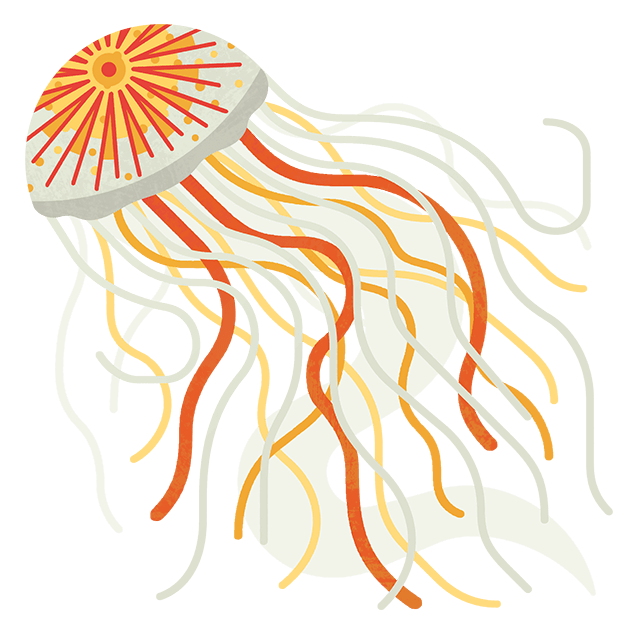
Criminality to the classroom: making the most of seized species
2 minute read
A few months ago we received an intriguing request to visit the Metropolitan Police’s Wildlife Crime Unit to see if we could make use of some of their exhibits. Our Public Engagement Officer, Alisdair Naulls, was off like a shot!
When DC Sarah Bailey of the Metropolitan Police’s Wildlife Crime Unit asked if I’d like to view wildlife assets and exhibits seized by the unit to use as part of our work, my immediate response was YES I would! With security procedures passed, face masks and Met police lanyards in place, DC Bailey took me into the storeroom in central London. What a truly macabre place.
You walk in and immediately on the left is a glass case filled with the skulls of various primates. Dozens of them. Some decorated, some carved. Towering over you, a Siberian tiger – it must be 8ft tall – mouth curled into a frozen snarl. The length of this large room has a single, flayed, reticulated python hung flatly. A sawfish rostrum, and another and another over a metre long. Turtle carapaces – green, hawksbill, loggerhead. Small, large. Some ‘decorated’ with paintings. Seahorses, whales teeth, coral jewellery. A huge set of great hammerhead jaws and cetacean vertebrae. It goes on.

Alisdair holding one of the seized items donated by the Wildlife Crime Unit
We'll take them with us to use in classrooms, at talks and, currently, during online sessions. These wretched specimens will live on, firing the curiosity of young and old alike.
The items now in our safekeeping include:
- 2 taxidermy turtles, one loggerhead, one hawksbill
- 3 carapaces
- 2 green turtle shells
- 1 hawksbill turtle shell
- 2 nautilus shells turned in to jewellery
- 1 scrimshawed sperm whale tooth
- 1 sperm whale tooth
- 2 whales and mounts carved from sperm whale tooth
- 1 unmounted/untouched green sawfish rostrum
- 1 green sawfish rostrum mounted into handle
- 3 pieces of jewellery made from fire coral
- 1 hammerhead shark jaw
- 3 dried out seahorses
- 1 locket made from hawksbill carapace
Detective Constable Sarah Bailey from the Met’s Wildlife Crime Unit said: “The specimens donated today were seized during investigations into the illegal trade and advertisement of protected species. Though these items came into our possession by way of criminality, it’s great that the Marine Conservation Society will now use them to help educate people about how special and important these marine animals are, and why it’s absolutely vital that people are conscious of this when making choices about engaging in this trade. We are absolutely delighted to be able to make this donation.”
Through the great work of the Met’s Wildlife Crime Unit and education and engagement colleagues here at the Marine Conservation Society, let’s hope, for generations to come, we take only photographs and leave only footprints, enabling these incredible animals to freely roam the world’s forests, plains, mountains and vast ocean.
To learn more about the work of the Met’s Wildlife Crime Unit, visit www.met.police.uk.







